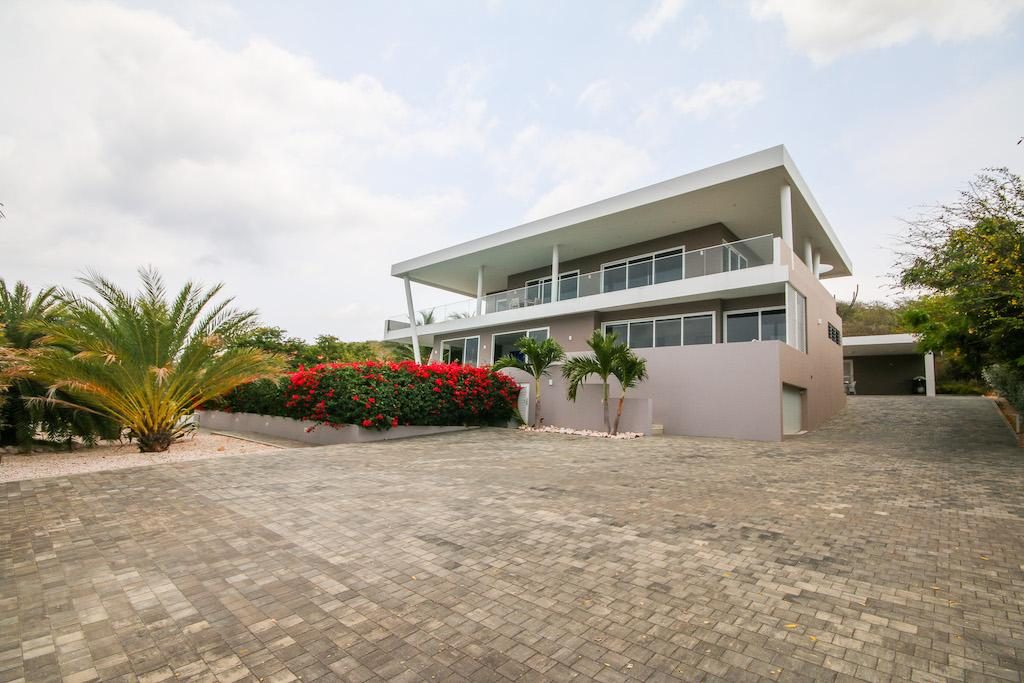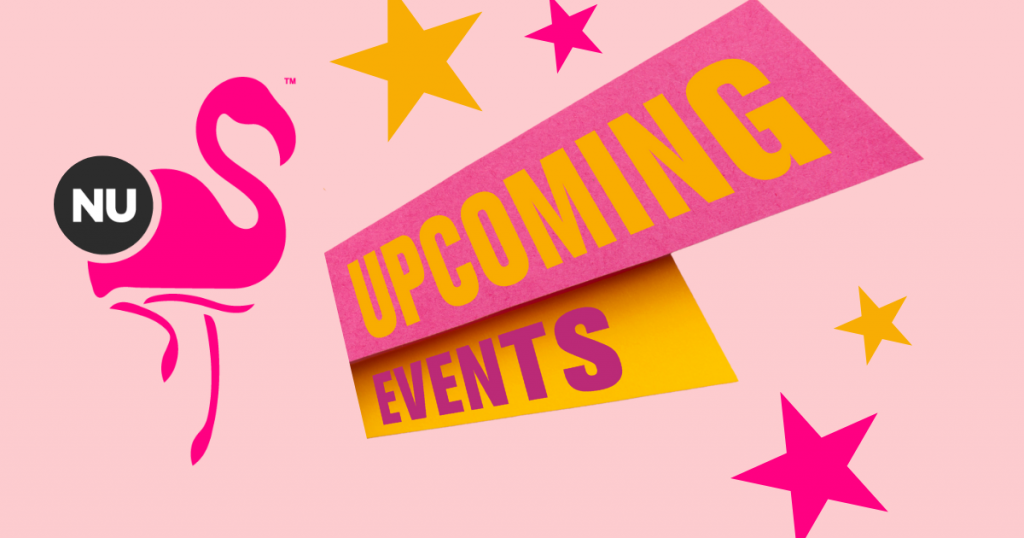
About Curaçao
- Home
- About Curaçao
Culture
The culture of Curaçao is a mixture of different cultures. Although the Netherlands has played a major role in the island's history, an Afro-Caribbean influence predominates. The island has approximately 110 different cultures, including Creole, European, South American and African descents. The hospitality of the residents is striking and you can quickly have a nice conversation with the locals. Faith also plays an important role on the island, with a large portion of the population being Roman Catholic. Music is an important part of the culture, with influences from different cultures and genres such as Curaçao Blues (Tambú), Tumba and Seú. Major events are regularly organized, of which Carnival is the best known.
The culture of Curaçao is a mixture of different influences. The island has an Afro-Caribbean influence, but also a distinctly Dutch flavor, with its pastel-colored buildings and bilingual signs. Curaçao has a rich history and there are many festivals that reflect the diversity of the island.
The Arawak Indians were the first inhabitants of Curaçao, as evidenced by the Arawak cave drawings in Christoffel National Park. The Spanish arrived not long after the discovery of the New World by Columbus in the late 15th century. They have helped decimate the population or transport them to other parts of the Caribbean. In the 17th century, the Dutch West India Company brought trade, slavery and plantations to Curaçao. Various crops were grown on about 100 plantations, including corn, fruit and peanuts, but salt mining proved to be particularly profitable. Many plantation houses can still be visited today, such as Groot Davelaar and Landhuis Kenepa, where tourists can learn more about the African heritage.
Curaçao also has a rich cultural diversity. In addition to Afro-Caribbean influences, there are also influences from the Netherlands, France, Latin America and Asia. There is also a significant Jewish influence. Although English is widely spoken, the native language is a Creole language of Portuguese origin.
If you want to learn more about the history of Curaçao, you can visit several historical sites, such as the Mikve Israel Emanuel Synagogue (1732) and the Queen Emma Bridge (1888)1. Popular museums to learn about the island's history include the Museum Kura Hulanda, which focuses on the slave trade, and the Maritime Museum, both in Willemstad
Sights
Curaçao, a beautiful island in the Caribbean, has a lot to offer visitors. Here are some of the most popular sights in Curacao:
Willemstad: The capital of Curaçao, with approximately 140,000 inhabitants, is a beautiful city with a rich history and colorful architecture.
Mikve Israel-emanuel Synagogue: This historic synagogue, located at Hanchi Snoa 29 in Willemstad, is one of the oldest synagogues in the Western Hemisphere.
Floating Market: A lively market where local vendors sell their fresh produce, such as fruit, vegetables and fish, from boats moored at the dock.
Christoffelberg: The highest mountain in Curaçao, with a height of 372 meters, offers beautiful views over the island and is a popular destination for hikers.
Diving and snorkeling: Curaçao is known for its beautiful coral reefs and clear waters, making it an ideal destination for divers and snorkelers.
Sea Aquarium: A great place to explore Curacao's underwater world and enjoy interactive shows with dolphins and sea lions.
Curaçao is a beautiful island that combines a European atmosphere with exotic beaches, amazing caves and beautiful snorkeling and diving spots. The island has a lot to offer in terms of sights and activities. Here are some suggestions:
Activities and other interesting aspects of the island
Willemstad: The main city and capital of the island. The historic center of the city consists of four districts and has many fascinating sights.
Jan Thiel Beach: A popular beach with white sand, clear water and many amenities such as restaurants and bars.
Mambo Beach: Another beautiful beach with plenty of opportunities for swimming, sunbathing and water sports.
Curacao Ostrich Farm: A unique place where you can see ostriches and learn more about these fascinating birds.
Fort Beekenburg: A historic fort that was built to protect the island from pirates.
These are just a few highlights, there are many more interesting places to discover in Curaçao.
Most beautiful beaches in Curaçao
Below you will find a list of the 18 most beautiful beaches in Curaçao. The list includes both free and paid beaches. The most popular beaches are:
Jan Thiel Beach: Located in the Jan Thiel Bay, this beach is one of the most famous and beautiful beaches on Curaçao. It is often busy, but there are many facilities available so that you are fully equipped. You can go diving, snorkeling, flyboarding and kayaking, among other things. There are also well-known restaurants and beach clubs such as Zanzibar Beach & Restaurant and Zest.
Mambo Beach: Mambo Beach is one of the most popular beaches in Curaçao and has many facilities. There are toilets and showers available and you can have a snack or drink in one of the restaurants, bars or beach tents. In some places there is even free WiFi! Mambo Beach is also known as a popular entertainment spot for young people during holidays and weekends.
Cabana Beach: Cabana Beach, previously also called Kontiki Beach, is located almost next to Mambo Beach. Cabana Beach is a fairly luxurious beach on Curaçao and, just like Mambo Beach and Jan Thiel beach, has enough facilities to get through the day. In addition, special activities are regularly organized, such as a fish or meat market. There is also live music every Wednesday evening.
Blauwbaai: The relaxed Blauwbaai beach has many facilities and is therefore fully equipped. For a long time, Blauwbaai was only accessible to guests of the adjacent Blue Bay Curaçao Resort, but nowadays everyone can enjoy a day of sun here.

You can find all 18 beaches on Curaçao on this map
Local dishes in Curaçao
The local cuisine of Curaçao is a tasty mix of influences from neighboring countries and the traditional way of life. Although some dishes have been modernized today, others are still prepared according to traditional recipes. Here are five local dishes you must try in Curaçao:
Pastechi: A pasty filled with chicken, cheese, beef or fish (cod or tuna). It is often eaten for breakfast and is a good way to start your day.
Bolo Pretu: A premium cake made with various dried fruits, sugar syrup and lots of liquor. It takes weeks to make, but the unique flavor makes it worth it.
Red snapper: A fried fish served with creole sauce, firm cooked polenta, fried banana and green salad.
Kabritu stobá: A goat stew often served with funchi (a type of corn polenta) and green papaya.
Karkó: Conch, which tastes similar to chicken.
You can taste these dishes in various places on Curaçao. For a modern version of a pastechi you can visit Kafé 5999, for example. If you want to experience the authentic taste, you can make a pit stop at Beans in Pietermaai for a cup of coffee with a pastechi. Bolo Pretu is available at Curaçao Delights in souvenir shops and supermarkets. For other local dishes, you can visit restaurants such as Plasa Bieu or Jaanchie's Restaurant.






Events that take place in Curaçao
For more information about recent events, please visit the Curacao.nu website

The color code of the travel advice
The color code of the travel advice for Curaçao is green. This means that you can travel to Curaçao, where the safety risks are comparable to those in the European Netherlands.








